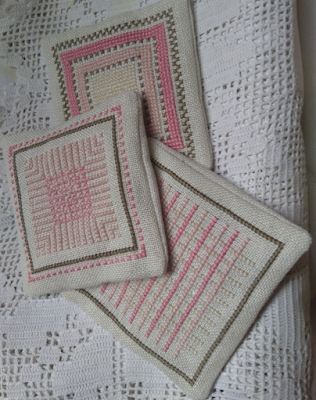Illuminated Letters
by Anne Griffiths
Talk on Friday 6 November, 7 pm &Workshop on Saturday 7 November, 2 pm via Zoom*
Our tutor, Anne Griffiths, is an experienced textile artist, who has worked on a number of community projects and residencies. She was Artist in Residence for Diamond Light Source, funded by the Wellcome Trust, and presented the project and a gift for HM The Queen on the opening of the installation.
Anne's Fine Art practice revolves around collections and taxonomy, and she hopes to extend her practice to include her love of both history and textiles.
***************************************************************************************
Friday 6 November - members should log into Zoom, as usual, from 6.45 pm.
Anne will give a 25-minute talk using a Powerpoint presentation of a seasonal book she has made using illuminated letters, text and seasonal embellishments and images.
Following this, Anne will give a 15-minute demonstration of how to prepare a tomato puree tube and transfer and stitch a letter onto it. She will also demonstrate how to copy a design onto fabric. Both can be stitched either by hand or machine, and embellished with beads, stumpwork, contemporary or modern embroidery. The metal letter would be suitable for attaching to a greetings card for Christmas.
Anne will set a small activity to be done on our own on Saturday morning, and the Friday session will finish about 8.15 - 8.30 pm.
**********************************************************************
Saturday 7 November - log into Zoom from 1.45pm.
Anne will be present for a show-and-tell session and to answer questions.












































